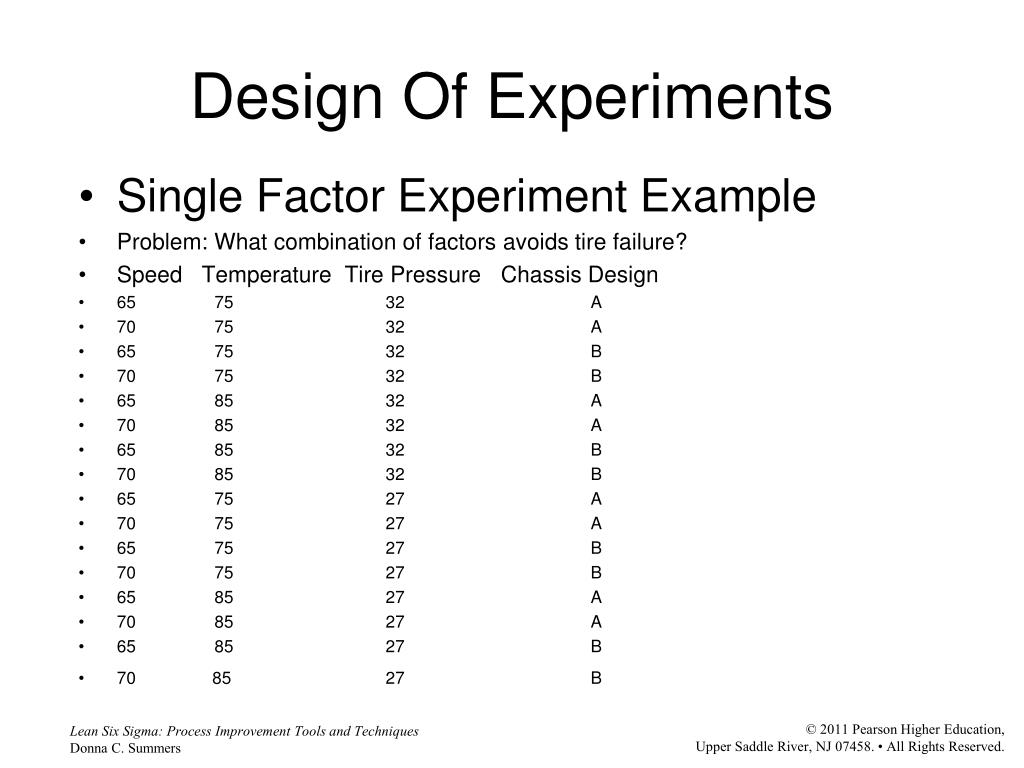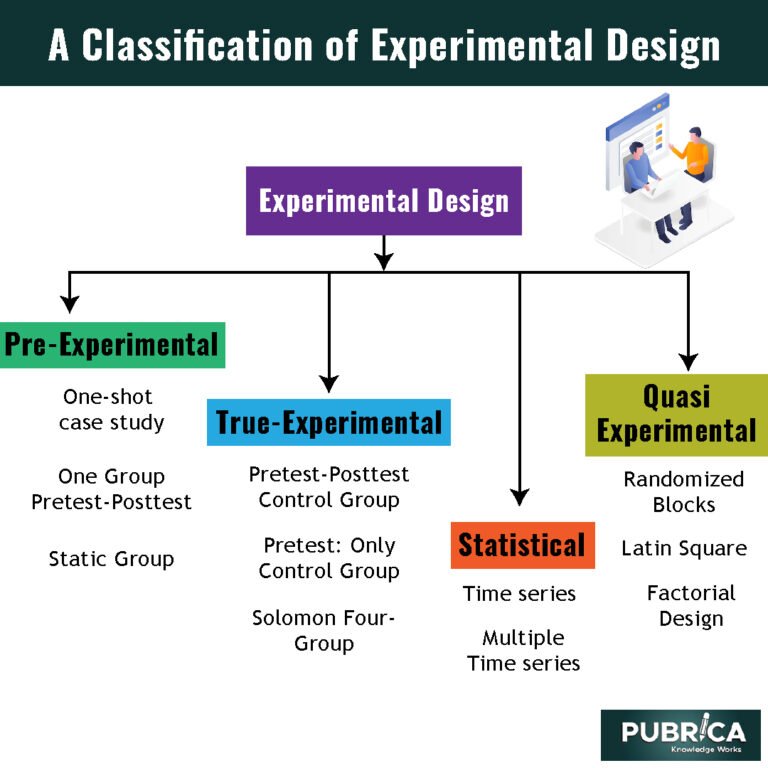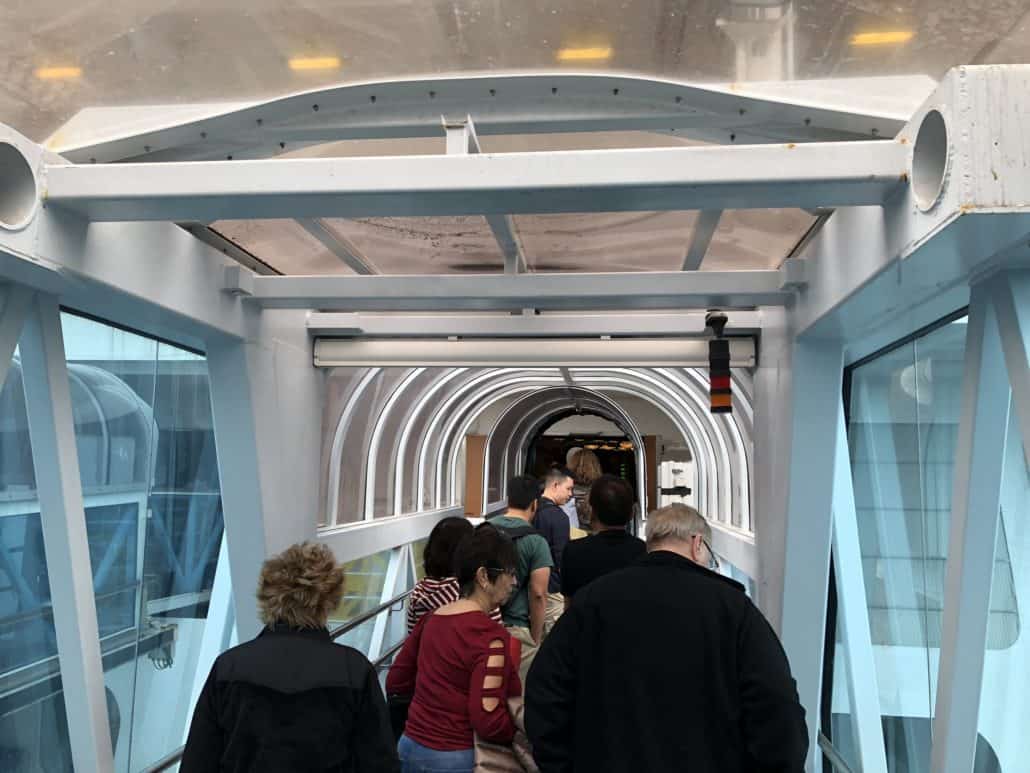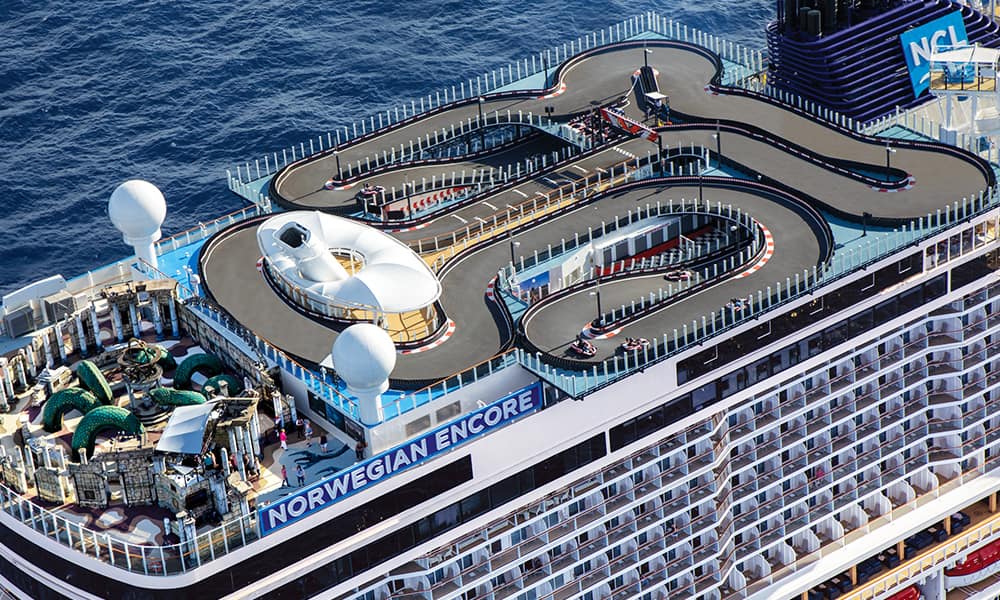Table Of Content

Optimal DOE has enabled the team to focus on what’s important and optimize the resources they spend running studies. In addition, optimal DOE also gives the team two or three optimal solutions that vary greatly in cost, providing the team options to go for the cheaper ones without compromising on quality. The bottom line is increased throughput, speed and operating efficiency of its machines, all while maintaining equal or better quality products. This design is particularly useful in health and social care research. For instance, if a hospital wants to implement a new hygiene protocol, it might start in one department, assess its impact, and then roll it out to other departments over time. This allows the hospital to adjust and refine the new protocol based on real-world data before it's fully implemented.
Project Management Tutorial
Consider what would happen in the application example if the evaluation of co-agulation rate were sensitive to ambient temperature and the temperature rose during the experiment. By randomizing the order in which the test combinations are run, researchers can eliminate the effects of unknown trending variables on the results of the experiment. Table I shows the sequence of events in the product development cycle that lead to process validation, along with the tasks to be accomplished at each phase and selected tools to be used. As the table indicates, during the process development phase the process should be evaluated to determine what would happen when conditions occur that stress it. One proven method to determine the sources of variability is DOE. Experimental design refers to how participants are allocated to different groups in an experiment.
Pretest-Posttest Design
To check on this possibility, every factorial design should include a center point at the zero (0) level of all the factors. If curvature is present, the response at this point will be much larger or smaller than the response expected from the linear model. Figure 5, for example, shows a response that has a maximum in between the two-level factorial design. A two-factor, two-level factorial design is normally set up by building a table using minus signs to show the low levels of the factors and plus signs to show the high levels of the factors.

Longitudinal Design
There are multiple approaches for determining the set of design points (unique combinations of the settings of the independent variables) to be used in the experiment. The independent variable of a study often has many levels or different groups. Thus, when everything else except for one intervention is held constant, researchers can certify with some certainty that this one element is what caused the observed change. This is sometimes solved using two different experimental groups. Only when this is done is it possible to certify with high probability that the reason for the differences in the outcome variables are caused by the different conditions. Therefore, researchers should choose the experimental design over other design types whenever possible.
Giving your DOE campaign a sanity check
Let's say you're a teacher and you want to know if a new math program helps kids get better at multiplication. First, you'd give all the kids a multiplication test—that's your pretest. At the end, you'd give them the same test again—that's your posttest. If the kids do better on the second test, you might conclude that the program works. This design is one of the classics, a staple in research for decades across various fields like psychology, education, and healthcare.
DOE implementation with a practical example: 7 elements to consider
Will the type of movie a person watches affect the likelihood that they donate to a charitable cause? To answer this question, a researcher decides to solicit donations at the exit point of a large theatre. After several weeks, it appears that the plants are responding well.
Step 1: Define your variables
It's so simple and straightforward that it has stayed popular for a long time. Since researchers aren't controlling variables, it's hard to rule out other explanations for what they observe. It's like hearing one side of a story—you get an idea of what happened, but it might not be the complete picture. It's really good for studying things as they are in the real world, without changing any conditions. For example, if ten different studies show that a certain medicine helps lower blood pressure, a meta-analysis would pull all that information together to give a more accurate answer.
11 experimental design projects to amaze you - Creative Bloq
11 experimental design projects to amaze you.
Posted: Tue, 08 Feb 2022 08:00:00 GMT [source]
Last but certainly not least, let's explore Field Experiments—the adventurers of the experimental design world. This design is often used in clinical trials involving new medications or treatments. For example, if early results show that a new drug has significant side effects, the trial can be stopped before more people are exposed to it. Next up is Sequential Design, the dynamic and flexible member of our experimental design family. Imagine you're trying out a new gardening technique, but you're not sure how well it will work. You decide to apply it to one section of your garden first, watch how it performs, and then gradually extend the technique to other sections.
Suppose a project team used DOE to optimize the process for baking a cake. Each of these factors will have an impact on the final outcome of interior decoration. While variation in each factor alone can impact, a variation in a combination of these factors at the same time also will impact the final outcome. When you’re looking at the early stages of your DOE campaign, remember that the aim is to investigate high and low levels of continuous factors.

Next on our roster is the Correlational Design, the keen observer of the experimental world. Imagine this design as the person at a party who loves people-watching. They don't interfere or get involved; they just observe and take mental notes about what's going on. You'll find this type of research everywhere from marketing studies to healthcare. For instance, you might have heard about surveys asking people what they think about a new product or political issue. Those are usually cross-sectional studies, aimed at getting a quick read on public opinion.
"It takes longer to create a mind shift, so why not first create an alternative that already fits into the same mindset? This is a first step to something else." Another thing about fashion that many designers would like to change is that it’s one of the world’s most polluting industries. So there's been a big movement lately towards developing the use of more sustainable materials. So they worked with its scientists to create a microscopic headline, which was 3D printed with a 100 micron depth.
Since each person experiences all conditions, it's easier to see real effects. This design assumes that there's no lasting effect from the first condition when you switch to the second one. If the first treatment has a long-lasting effect, it could mess up the results when you switch to the second treatment. A famous example of this design is the "Little Albert" experiment, conducted by John B. Watson and Rosalie Rayner in 1920. In this study, a young boy was exposed to a white rat and other stimuli several times to see how his emotional responses changed. Though the ethical standards of this experiment are often criticized today, it was groundbreaking in understanding conditioned emotional responses.
A response that is quantifiable makes the experiment well suited to the additional scrutiny of statistical regression techniques. The method was coined by Sir Ronald A. Fisher in the 1920s and 1930s. Design of Experiment is a powerful data collection and analysis tool that can be used in a variety of experimental situations. Otherwise, you could end up in a situation where all your runs look suspiciously different from what you expect given earlier experiments.
This type of experiment reveals the effect of the chosen variable under set conditions; it does not show what would happen if the other variables also changed. Repeated Measures design is an experimental design where the same participants participate in each independent variable condition. This means that each experiment condition includes the same group of participants. Some efficient designs for estimating several main effects were found independently and in near succession by Raj Chandra Bose and K. Kishen in 1940 at the Indian Statistical Institute, but remained little known until the Plackett–Burman designs were published in Biometrika in 1946.











